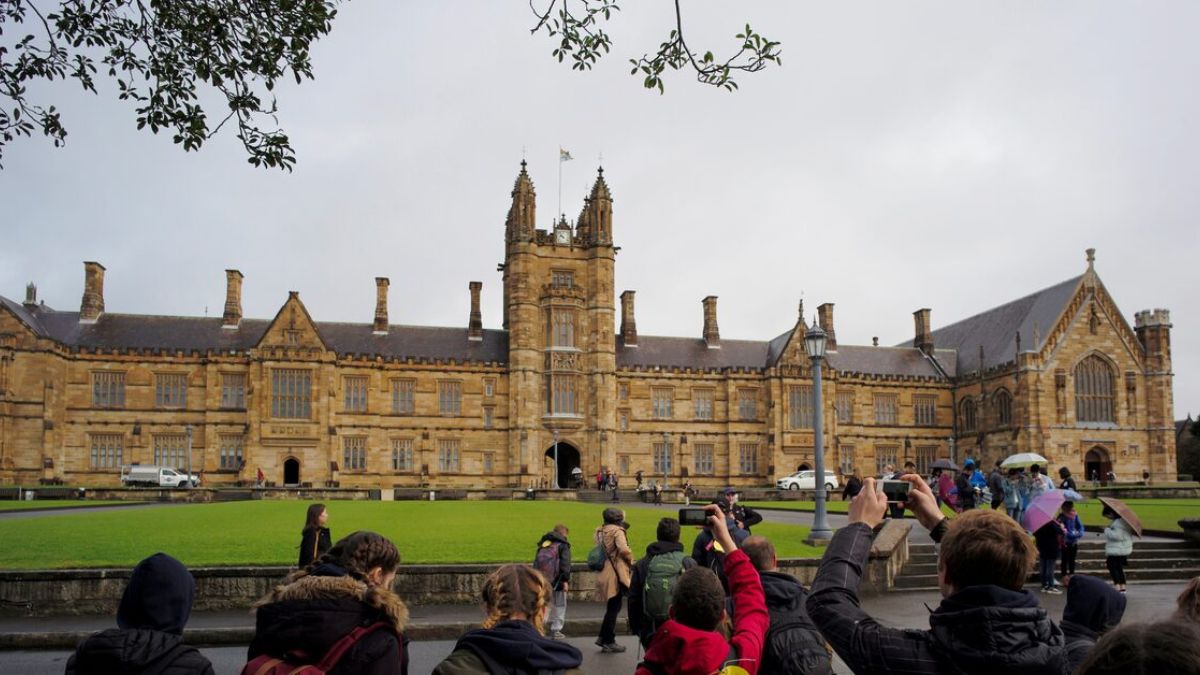The Australian government has announced a new rule for international student visas (subclass 500), changing how visa applications will be managed.
A new rule called Ministerial Direction 115 (MD 115) has kicked in from November 14, 2025, slowing down visa processing for thousands of applicants, including a large chunk of students from India. The rule doesn’t block visas, but it decides how fast or slow your file moves, depending on the university you choose.
For many Indian students hoping to start classes next year, the big question now is: Will this delay my plans?
Here’s a breakdown of how the system works, why Australia brought in this change, and what it could mean for Indian students.
How does the MD-115 system work?
Under MD 115, Australia’s visa processing for international students (Subclass 500) is tied much more closely to how well their chosen institution is managing enrolments and staying within government-set limits.
The policy replaces the previous directive (MD 111) and introduces a three-tier system:
-Priority 1 (fast track) for institutions that have used less than 80 per cent of their “New Overseas Student Commencements” (NOSC) allocation.
-Priority 2 (standard) for institutions that are between 80 per cent - 115 per cent of their allocation.
-Priority 3 (slow) for those exceeding 115 per cent of their allocation, these institutions risk much slower processing.
Also read: How Australia’s stricter visa rules will affect Indians
Why is Australia introducing these changes?
Over the past few years, Australia has seen an overwhelming surge in international student visa applications. Universities, housing markets, and local services struggled to keep up. When the government tightened the rules recently, the drop in applications gave the system some breathing room.
According to the official announcement, visa lodgements fell by about 26 per cent, and new student commencements dropped by 16 per cent. This slowdown signalled to the government that the sector needed a more steady and controlled approach.
With fewer applications, universities were able to refocus on maintaining education quality, making sure students had enough accommodation, and reducing the chances of the student visa route being misused.
Smaller regional institutions have largely welcomed the changes, saying they help fix long-standing imbalances. But Australia’s major metro universities, including the Group of Eight, aren’t as happy. They argue that constant policy shifts create uncertainty and might discourage future students from choosing Australia.
Also read: Why are Australian universities restricting Indian students from a few states?
What will be the impact on Indian students?
For Indian students, the choice of institution will matter more than ever. If a university or college has already crossed its 115 per cent cap, your visa application might simply take longer to move through the system.
Your applications to regional institutions may actually benefit. Colleges in regional Australia, or those that have kept their student numbers in check, are more likely to see quicker processing.
It also means you’ll need to be more organised. Under the new tiered system, delays won’t necessarily mean your visa is at risk; it just means applications are being sorted by priority. Having complete documents and choosing a compliant provider will make a difference.
Students eyeing the 2026 intake should consider applying early. As Australia works towards the 2026 National Planning Level, being ahead of the rush and applying through institutions that are within quota could give you an advantage.
To help universities and colleges adjust to the new system, the Australian government will hold information sessions through November and December.
With input from agencies
)